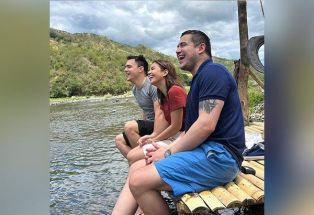Running Man Philippines is off to a good start
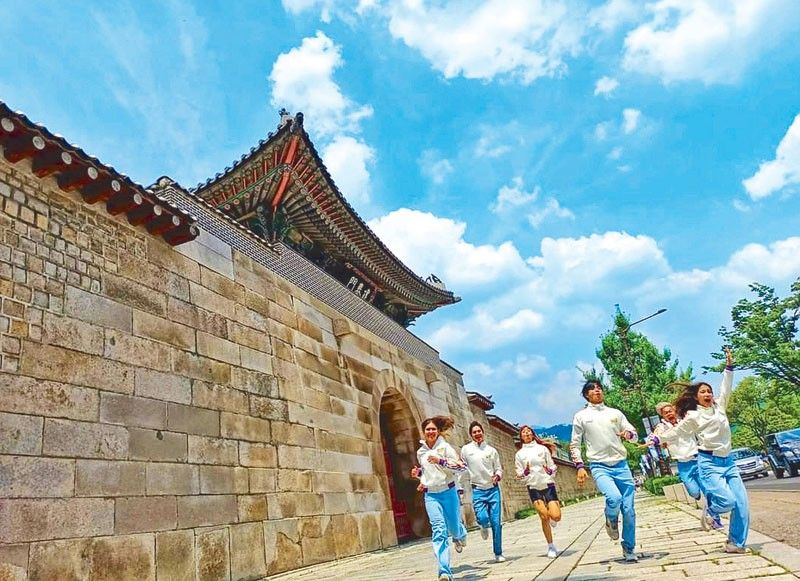
MANILA, Philippines — GMA Network’s adaptation of the popular South Korean reality-variety show Running Man is off to a promising start, ratings-wise.
On its pilot weekend, Running Man Philippines registered more than double the viewership of its rivals at 14.1 percent and 14.4 percent on Sept. 3 and 4, respectively, based on the preliminary/overnight data of Nielsen Philippines TAM’s NUTAM People Ratings.
In the show, seven Runners — Mikael Daez, Glaiza de Castro, Kokoy de Santos, Lexi Gonzales, Buboy Villar, Angel Guardian and Ruru Madrid — get tasked to accomplish fun but mentally and physically challenging games, also called missions, with losing members facing comical consequences.
The first two episodes saw the Runners taking on Running Man’s signature challenges. These included the Flying Chair, where competitors were made to answer Pinoy riddles or bugtong and trivia questions under time pressure, and those who lost a point got thrown to a swimming pool by, yes, a flying chair. In Catch the Tail race, opposing teams went after the tail or last player while running in line on acupressure mats and through obstacles.
There’s a lot of physical comedy and hilariously entertaining moments in the show’s opening salvo. But at the same time, the competitive streaks have started to surface. It wouldn’t be a surprise if there’s going to be tension in the next episodes, but what’s a good show without some doses of drama? Nevertheless, the celebrity contestants’ performances in the initial races gave audiences an idea why they have nicknames like Captain, Boss G, Hotshot, Funny Juan, Kolokoy, Bubby Girl and Astig Princess.
Running Man is one of the most-watched Korean variety shows, reportedly generating 2.1 million viewers on the average. Besides the Philippines, it also has spawned versions in China, Vietnam and Indonesia.
The Philippine adaptation is a TV milestone in that it is the first co-production of the Kapuso network and Seoul Broadcasting System (SBS), one of Korea’s leading networks.
Running Man Philippines spent roughly 46 days in Korea to shoot the first season. One of the most interesting trivia is that the bus the Pinoy Runners used to move around locations was the one used by the original South Korean cast. When the GMA team first proposed the casting, they were asked why a number of the celebs in the lineup were female because apparently in the OG show, there was only one.
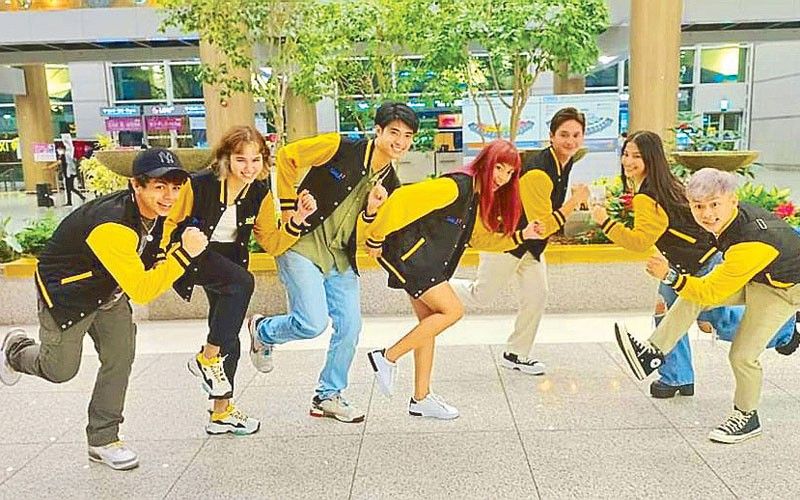
“Isa sa mga unang tinanong nila ay bakit maraming babae dahil sa original show ay isa lang talaga. Tinatanong nila (because) very physical itong show, there’s a lot of running involved. We had to tell them that yes, kahit yung Pinay, kahit babae (kakayanin ‘yan). And when it comes to our audiences, it’s aspirational ‘pag may nakikita silang babaeng malakas,” said Enri Calaycay, senior program manager of Running Man Philippines.
The STAR had an e-mail interview with Calaycay to find out more about the process behind the selection of the cast, why the show had to be filmed in Korea, and what to expect in the coming episodes.
How was the filming experience in South Korea? What have you learned from your Korean counterparts in making Running Man Philippines (RMPH)?
“It was a wonderful experience for all the members of the RMPH team, from artists to production staff. The team learned a lot from the SBS production on different production processes. We can sum it up by saying they really find ways to make their process more effective and efficient, from small things like how they print their scripts to how they do their sets.”
Why did you decide to shoot the pilot season in Korea?
“After we closed the deal for co-production in early 2020, we did not stop doing meetings with our SBS counterparts to plan for the taping of the episodes. However, our target shooting dates kept on moving because of the unpredictable COVID-19 cases and alert levels here in our country.
“While we were in one of the Zoom meetings, our SBS counterparts shared that Running Man Vietnam taped half of their season last year in Korea. That’s also because they couldn’t shoot in Vietnam due to the pandemic, but in Korea, shooting for TV shows did not stop. That gave us an idea to also tape our episodes there so that we can already launch the show as scheduled for 2022.”
What was the process like in choosing the cast? How meticulous was it? Did Running Man Korea also have an input in the final lineup of Runners?
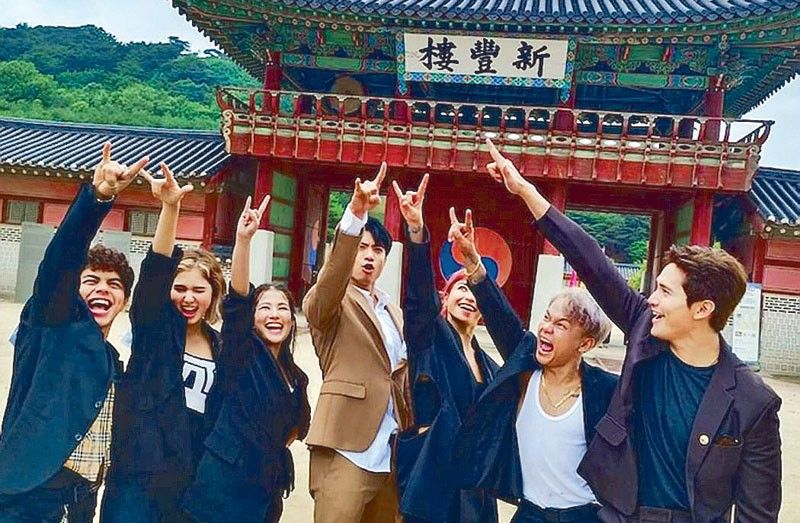
“SBS gave us a guide on the casting based on the archetypes they used for Running Man Korea. However, they also allowed us to cast based on what we think will work for the Philippine version. The Creative Team made recommendations and went through a series of approvals until we had the final casting approved by Top Management.”
What surprised you the most about the Runners and what are their individual roles in the show? How are they as competitors?
“Each cast member was briefed to just be themselves when they play the games. Everyone was advised to be expressive and conversational whenever they do the games or in their interactions with one another because all of them also perform as the hosts of the show. Although we also assigned them on rotation to take the lead in the discussions.
“What surprised us the most about them is their extra-competitiveness. Even in the games that were very light, they couldn’t help but be aggressive when they played.”
What was the hardest part and most fun aspect of filming the first season of Running Man Philippines?
“Everything was fun for the team. We can’t say there was a hard part, but if there was, it would only be the heavy rain during some of our shooting days. Of course, we were still in the middle of the pandemic when we taped in Korea, but thank God, no one from the team got infected and we were able to finish the episodes with no major delays.”
Without giving spoilers, what kind of challenges can we expect from the show? How faithful are your challenges to the Korean version?
“Expect the same challenges/missions from the original Running Man with some of them we injected with a touch of Pinoy culture/theme. We’ve already aired during the pilot weekend the famous Catch the Tail and Flying Chair games. Of course, the name tag ripping with different twists is something to watch out for.”
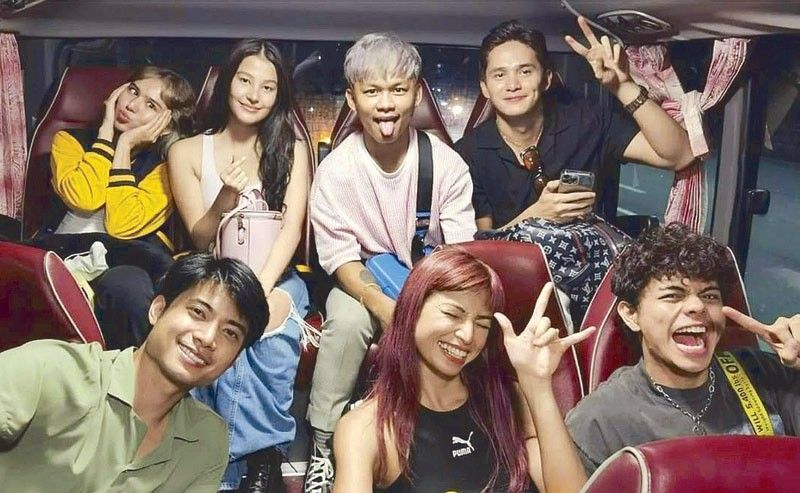
What else should audiences look forward to or watch out for in the series?
“It’s a show for everyone, it would be a good weekend bonding habit for families. The episodes are highly-entertaining and the variety of games that the Runners and Guests will play. At the same time, the viewers will get to see the different beautiful locations and learn about some of the culture of South Korea through these games.”
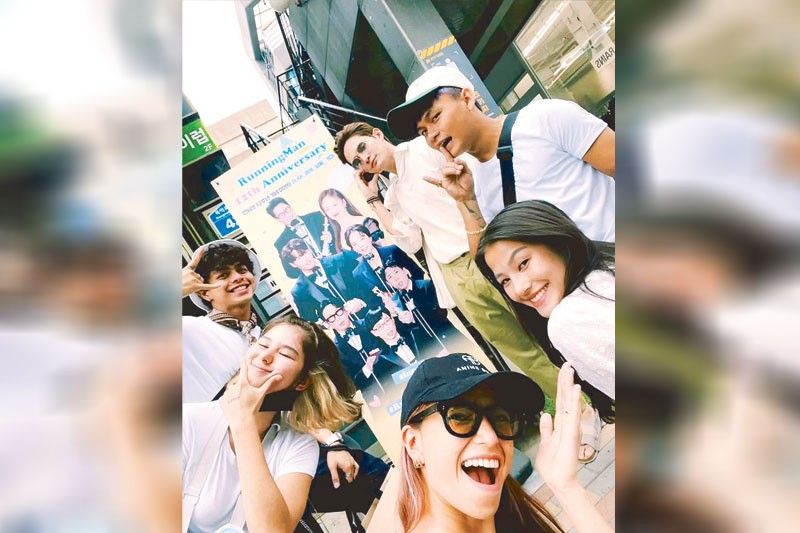
- Latest
- Trending















